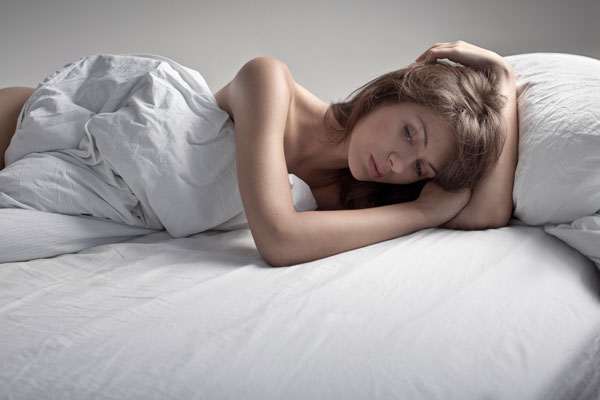Hypoactive sexual desire disorder might be behind your low libido


For a growing number of women, declining hormones, job stress, relationship issues, and other problems are taking their toll in the bedroom.
Loss of sexual desire, known in medical terms as hypoactive sexual desire disorder (HSDD), is the most common form of sexual dysfunction among women of all ages. The exact number of women HSDD affects is hard to pin down.
A landmark 2008 study estimated that 4 million U.S. women ages 30 to 70 were affected. Other studies put the number around one in 10 women, and according to a 2016 Harris Poll Survey, 48 percent of premenopausal women aged 21 to 49 say their sex drive is lower now than it used to be.
HSDD occurs when there is an absence or lack of sexual thoughts, fantasies or interest in sexual activity, which causes distress and difficulty in a couple’s relationship or communication. HSDD can also lead to common sex drive killers, thus creating a vicious cycle.
“It’s a multidisciplinary problem,” Dr. Millheiser, clinical assistant professor of obstetrics and gynecology and director of the Female Sexual Medicine Program at Stanford University Medical Center says. “Women who have longstanding sexual dysfunction oftentimes develop self-esteem issues, relationship issues, and quality-of-life issues.”
Desire is the result of a complex interplay of social, psychological and biological components. If, for example, a lack of sexual interest is due to a cultural or religious belief system, it is socially rooted. If psychology is at the heart of low sexual desire; for example, relationship issues, talk therapy/counseling is the appropriate pathway for intervention.
If both the social and psychological components are not causing low sexual desire, then biology may be to blame. New science IGNORE INTO women’s sexual function has shown that there can be an imbalance of excitatory and inhibitory processes mediated through key neurotransmitters, or chemicals, in the brain that affect sexual drive.
There are no treatments currently available for low sexual desire in women. Male sexual dysfunction has been addressed for almost two decades now, there are 23 FDA-approved treatments for either erectile dysfunction (ED) or low testosterone
HSDD is just as much a problem in women, as ED is in men. In fact, more women than men voice some form of sexual complaint when asked: 43 percent vs. 31 percent. Yet, after several attempts, no treatment for low sexual desire in women has been approved. Although research has shown that women’s loss of desire is not made up or a myth, it isn’t enough.
If men are allowed to have a choice that will help improve their sex lives, women should be afforded the same. Let’s take discussions about sex out of the bedroom, make a solution for HSDD widely available for women, and let women make the choice.
Prepared by




